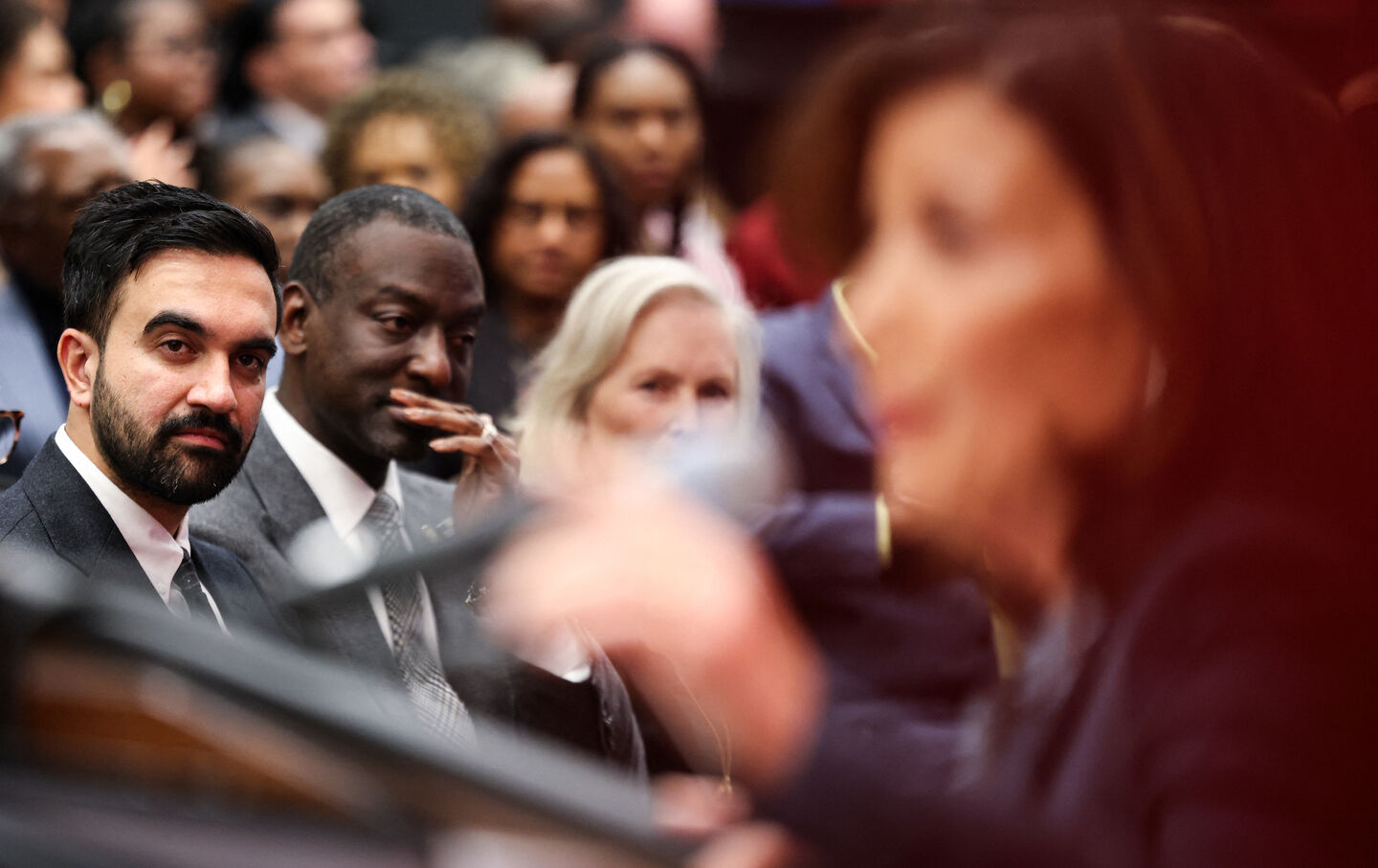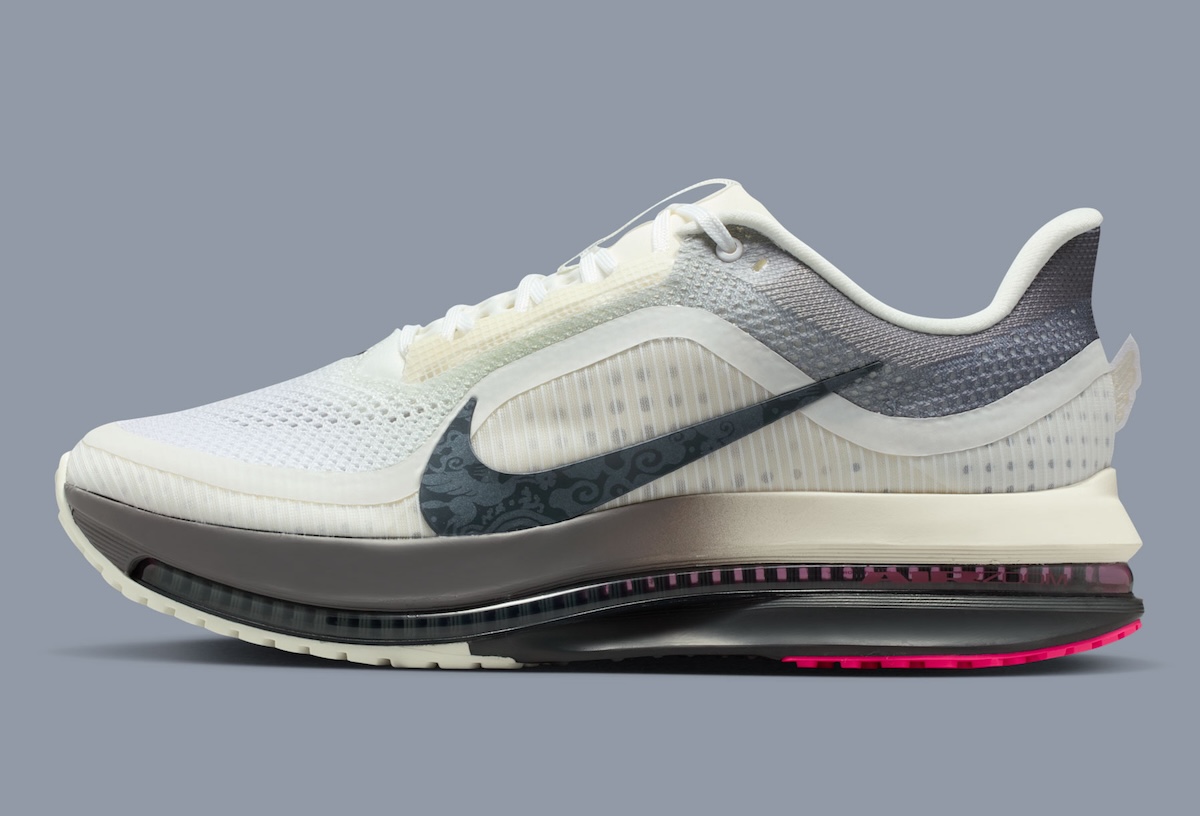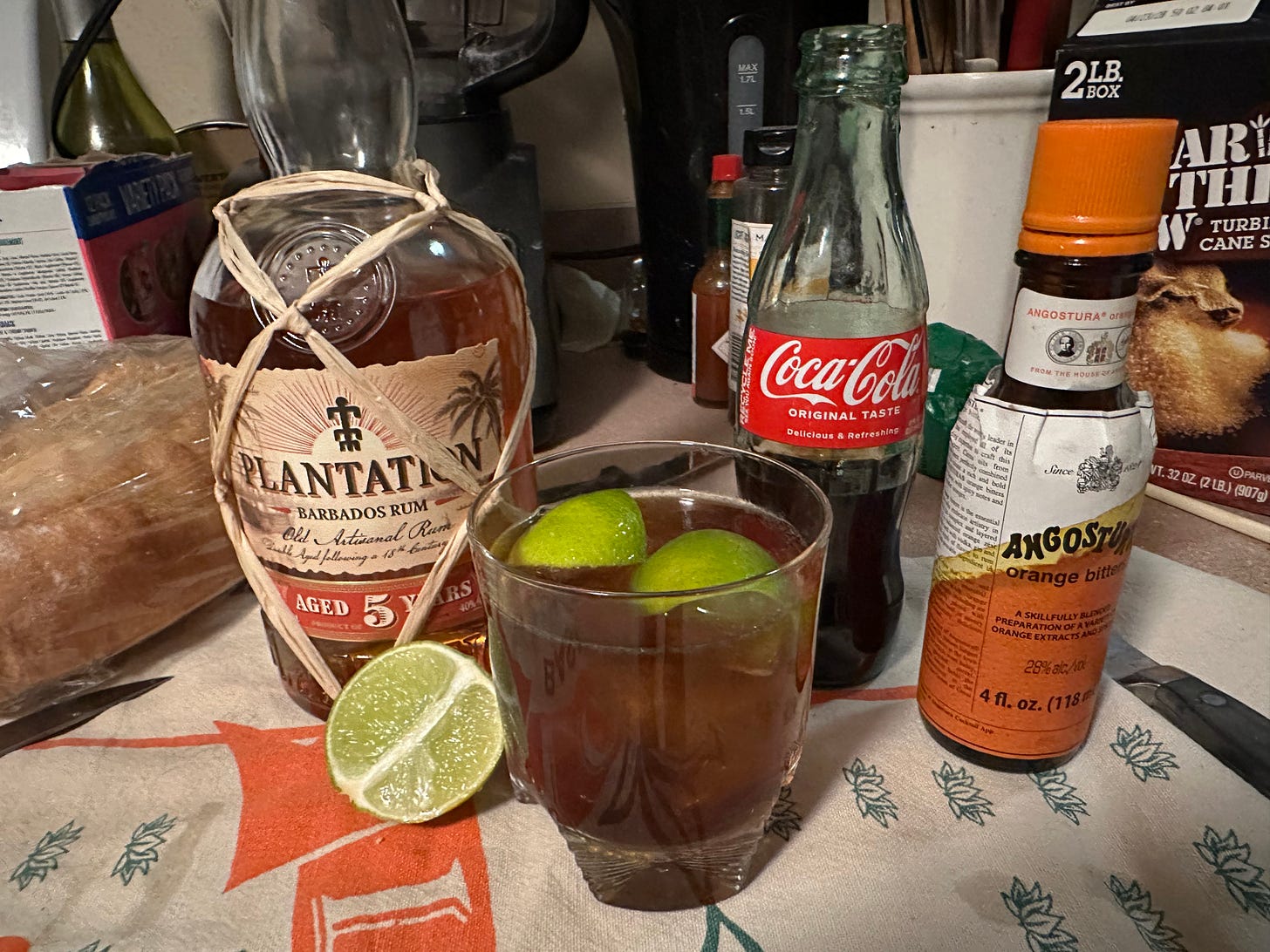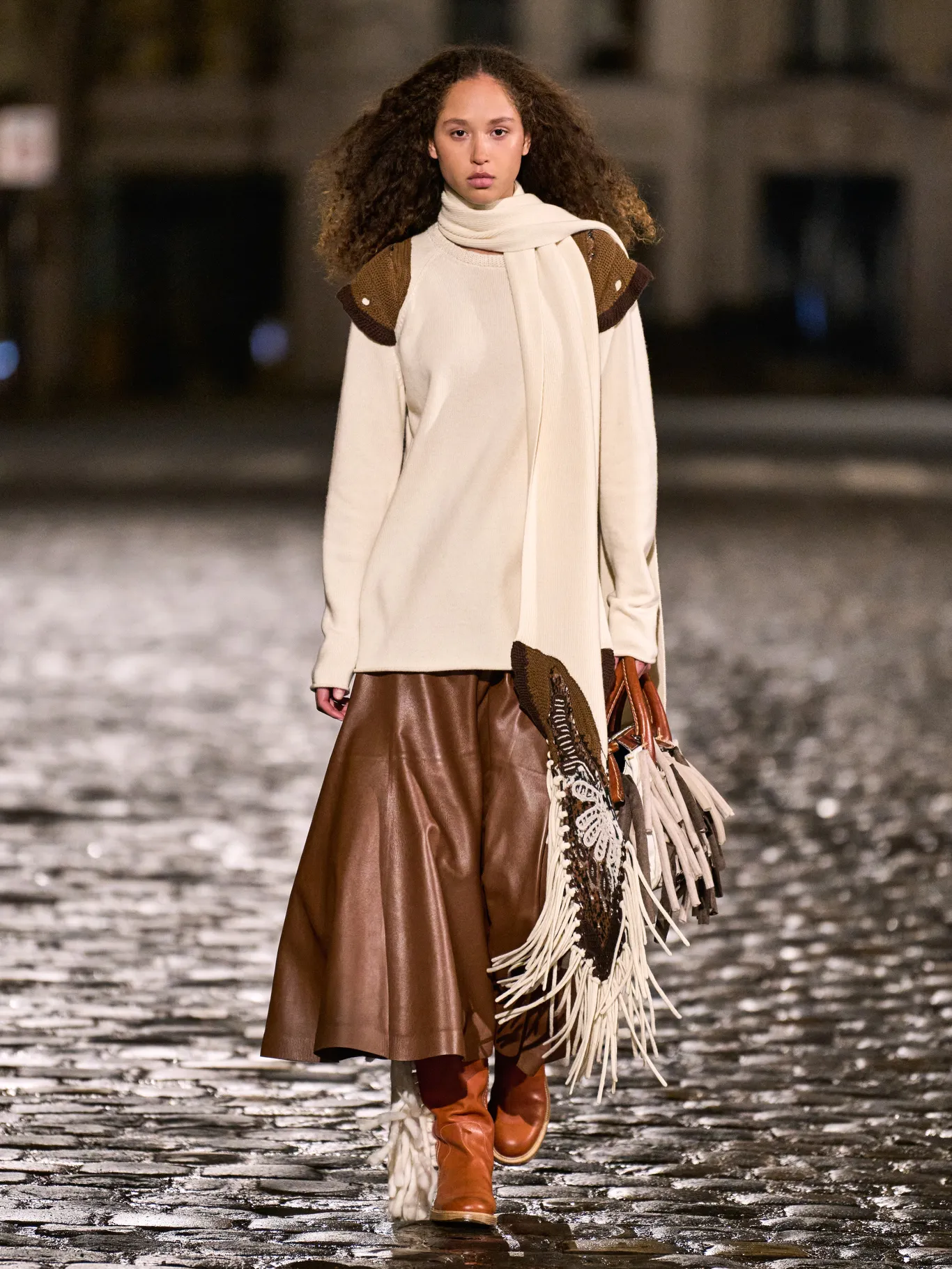[ad_1]
Greetings, Wonketeers! I’m Hooper, your bartender. And this week I am crazy busy with my other hobby, fencing. I’ve got three practices to attend all over Ohio and a weekend tournament in Kalamazoo. Let’s keep it simple and talk about my go-to cocktail for the weekend, a Cuba Libre. But let’s be a little more thoughtful about the ingredients. “Everyday” doesn’t have to mean bland. Here’s the recipe:
2 oz Planteray 5 Year Barbados Rum
2 oz Coca Cola Original Recipe
½ small lime
2 shakes orange bitters
Squeeze the lime over ice into a double old fashioned glass. Add bitters and rum. Top with cola and stir 2-3 times. Serve immediately.
The classic rum and coke is my favorite weekday cocktail. I pour one for myself after a long shift most nights, unless I’ve been slammed and a drink would knock me under the table. I am literally sipping on one as I write this article. I’ll toss together something more complex when it’s the weekend, generally a rum sour with some crazy ingredients like salt and pepper saline. But when I want something simple to relax with, the sweet, unctuous cola and buttery rum, balanced with acidic lime and complex bitters, just cannot be beat.
The “Cuba Libre” as a cocktail has a pretty clear history. In theory, it was created in 1900, when an American captain in Havana squeezed some lime into his Bacardi, raised his glass, and exclaimed, “Por Cuba Libre!” In reality, this is probably all Bacardi marketing. The Bacardis fought in the Spanish-American War, only to have their assets seized by Castro. The company evacuated to Puerto Rico, and “Cuba Libre” has taken a rather different meaning since then.
[Rebecca interrupting here to recommend the excellent Bacardi and the Long Fight for Cuba — Wonkette commission link — which explains that the Bacardis were true Cuban patriots in the best sense of the word, or at least their patriarch was, and they lost their damned minds when their factory was expropriated and turned into Havana Club. The younger generations were as useless as younger born-rich generations always are.]
There’s a strong argument to be made for using Bacardi in your Cuba Libre. When a liquor company makes a cocktail into a “signature drink,” they make the effort to make sure the cocktail tastes good. In a long Cuba Libre that’s mostly cola with a few ounces of rum, this works perfectly well. But I pour my Cuba Libre short and strong, equal parts rum and cola. A glass like this cuts the sweetness of the cola down radically and brings the flavor of the rum to the forefront.
In this case, I’m using a 5-year Barbados rum from Planteray. Yes, the label reads “Plantation,” but the company finally came through on a four-year-old promise and changed the brand name to “Planteray.” The name is marketing gobbledy-gook, but anything we can do to move rum past its bloody, ugly history is welcome. Planteray needs to run through all their old labels before the new name hits the shelves; please do your part and drink up. Planteray is my favorite rum brand, bar none. I’m extremely happy to see them doing the right thing.
Let’s talk ingredients:
Planteray 5 year Barbados Rum: Country of origin is absolutely everything when rum flavor is concerned. Puerto Rican rum tastes like, well, rum — specifically rum flavoring, like you’d expect in a rum cake. Jamaican rum is funky and fruity, like a barely overripe banana. Barbados rum is all about the butter and the caramel. It’s a warm hug of a drink, and when I want a comfort-food cocktail, it’s my rum of choice. Planteray is very good at bringing different regional varieties of rum to market — another great reason to support them.
Coca Cola Original Formula: There are a lot of cola options for the perfect Cuba Libre. Mexican Coke has long been the cola of choice for a “real” rum and coke. The theory is that Mexican cola uses cane sugar, which should cooperate with rum better than corn syrup-based American cola. However, Greg from How to Drink took one for the team and did a taste test of pure high fructose corn syrup vs. sugar syrup. His conclusion: no difference. Maybe the recipes are different, but the sweetener isn’t relevant.
I’m currently using Coca Cola Original Recipe for my Cuba Libres. I’m convinced it’s less sweet than standard cola, although it could just be my palate. Coca Cola has been willing to produce some pretty wild flavors over the last year to maintain brand interest. One upcoming variety has my attention: Coca-Cola Spiced, a raspberry and baking-spiced flavored version of the classic. Early reviews aren’t inspiring, but I am a bit intrigued.
Lime juice: Fresh, more so than ever, matters. The acid of the lime keeps the thick cola and gentle Barbados rum from falling asleep in the glass. Adjust the amount of lime in your drink to your taste, but plastic lime bottles only produce plastic juice.
Orange bitters: My bitters of choice for sweet drinks, but Angostura bitters are great here too. Bitters help tamp down the sweetness of the cola and provide complexity in the glass. Do not skip.
In summary and conclusion, drink well, drink often, and tip your bartender — donate to Wonkette at the link below!
If you’re buying cocktail implements and whatnot at Amazon, this button gives us a small commission!
You can find me on Threads and Insta at samurai_grog!
OPEN THREAD!
[ad_2]
Original Source Link





































































